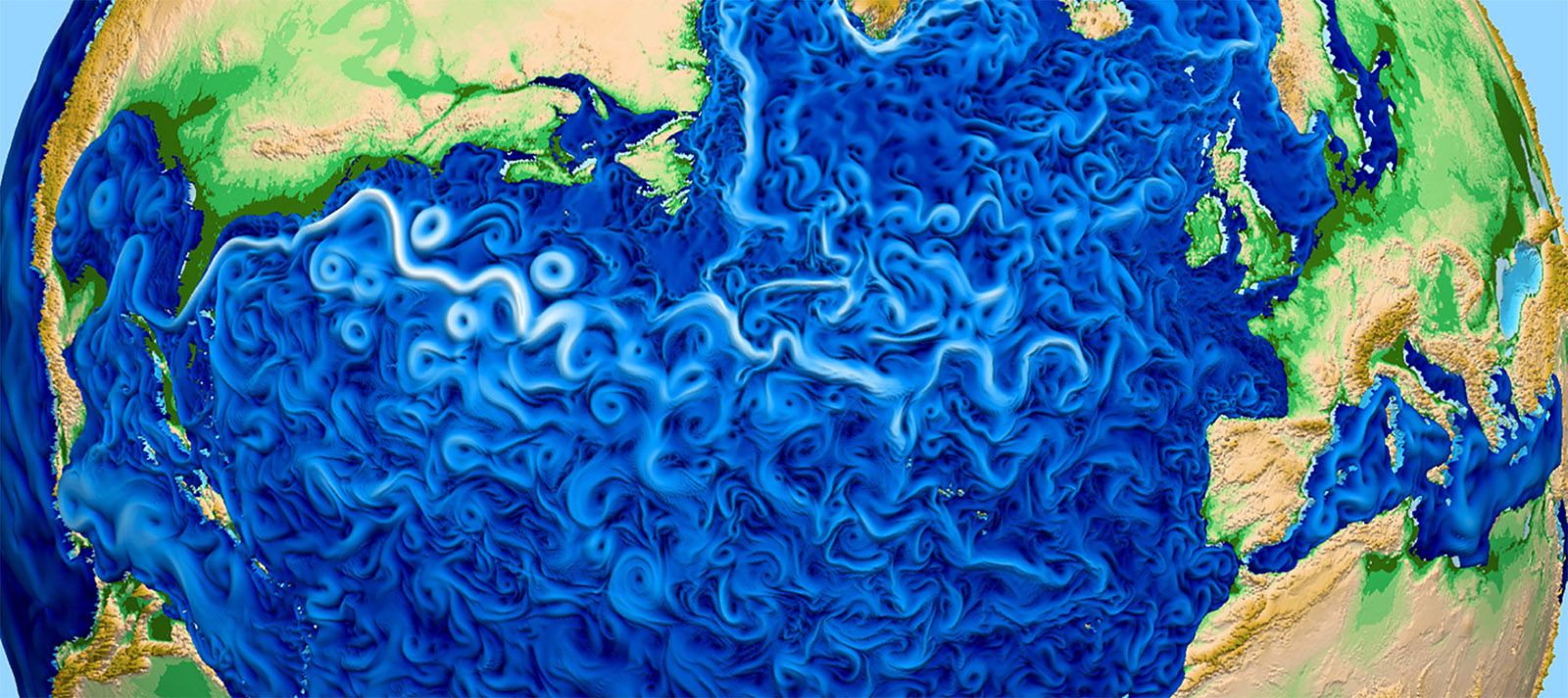Open Software
Have you ever marveled at mesmerizing scientific visualizations and wondered how they were generated and whether you can recreate them or even maybe tweak them to produce new results? These types of images have been created by researchers using research software. These software products and sometimes their source codes are freely available to the public. Reproducing such results and using them to advance the knowledge produced by these types of research software products are among the pillars of open science. For example, Figure 1, is generated using E3SM, an Earth System model, the source code of which is available on GitHub.
 |
|---|
| Figure 1. Global E3SM simulation showing eddy activity, credits M. Petersen, P. Wolfram and T. Ringler |
Now, let’s say that you are intrigued by the idea of recreating Figure 1 and tweaking the E3SM’s source code. We should start with obtaining the source code. Someone might ask since this project already has a fancy website why is the source code on GitHub? Let’s assume that we successfully got the source code and want to start recreating the figure. Naturally, the next question is how do we install it since there is no executable file in the source code? Maybe you are used to installing software packages using installation wizards, or maybe you are comfortable working from command line. Which one is possible or preferable for installing this software? The next step after installation is running the software and visualizing the results. So, the question is, for generating the desired outputs, how do we configure the software, what are the required input data, and how do we get them? Let’s take it a step further and say that you have some brilliant new ideas and want to implement in the source code, analyze the outputs, publish the results, and make your code publicly available. Therefore, the questions become: How do we facilitate navigating this seemingly complicated source code? After making modifications, are we allowed to share and republish the modified source code, and if so, how do go about it? How do we ensure that the republished code is findable and other researchers can reuse and build upon it?
The purpose of this module is to answer these questions, provide guidance for streamlining the workflow and ensuring that we give/get proper credits, and last but not least, draw your attention to and promote the importance of contributing and giving back to the Open Science community.